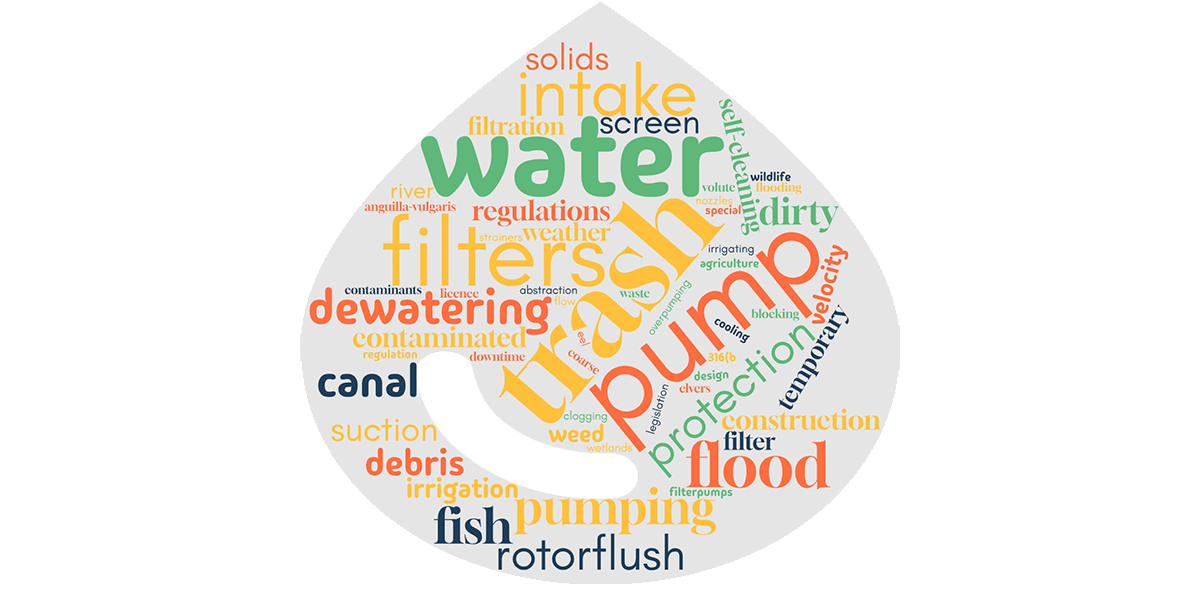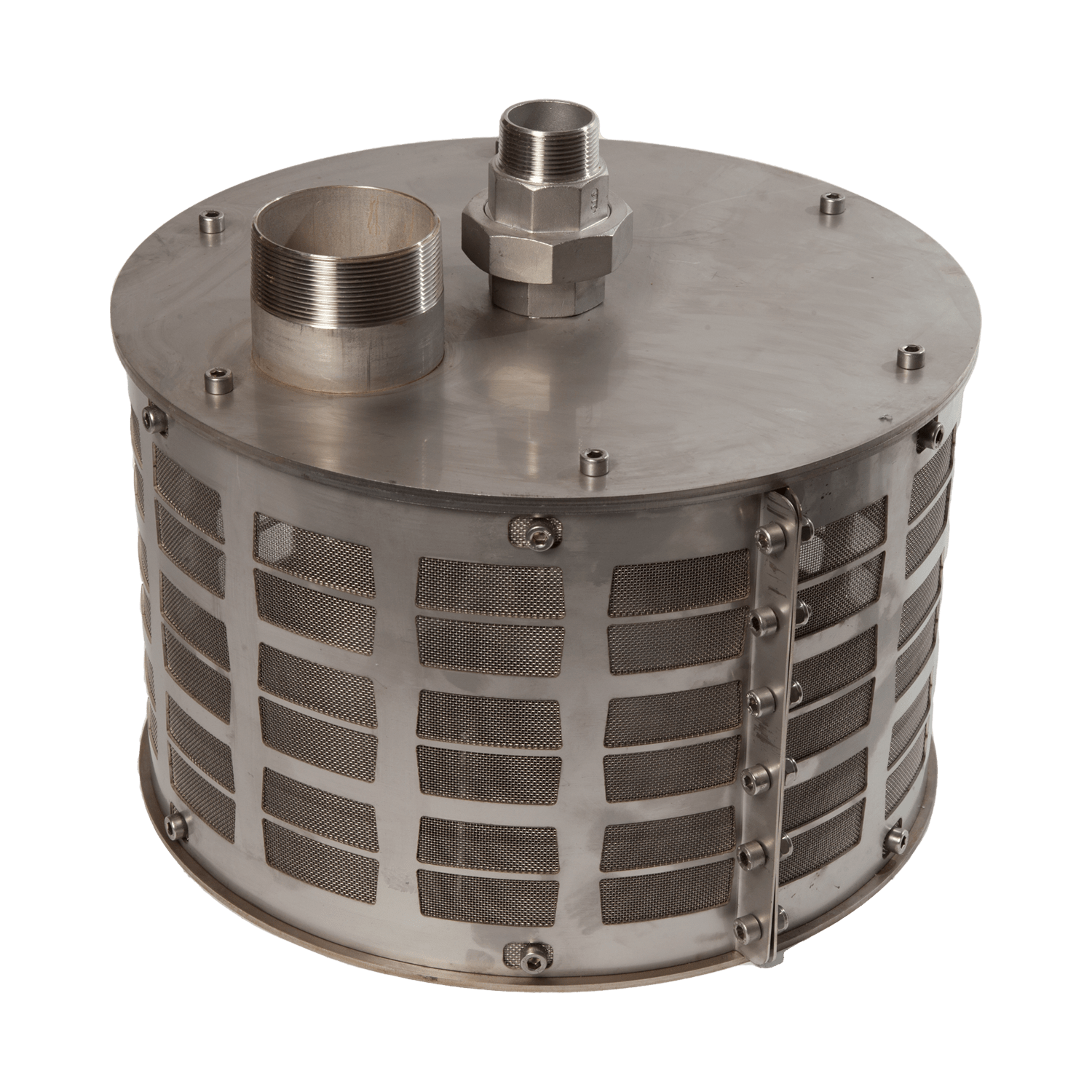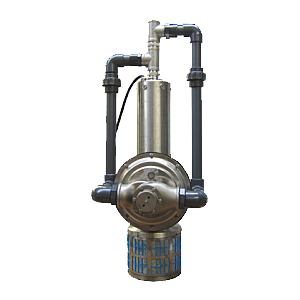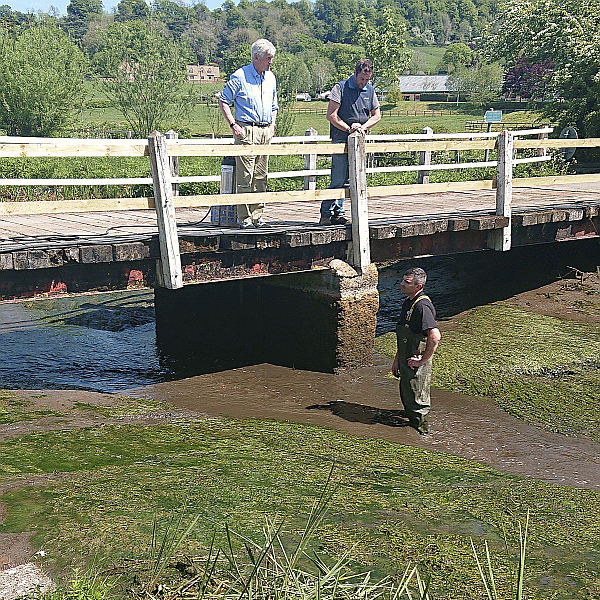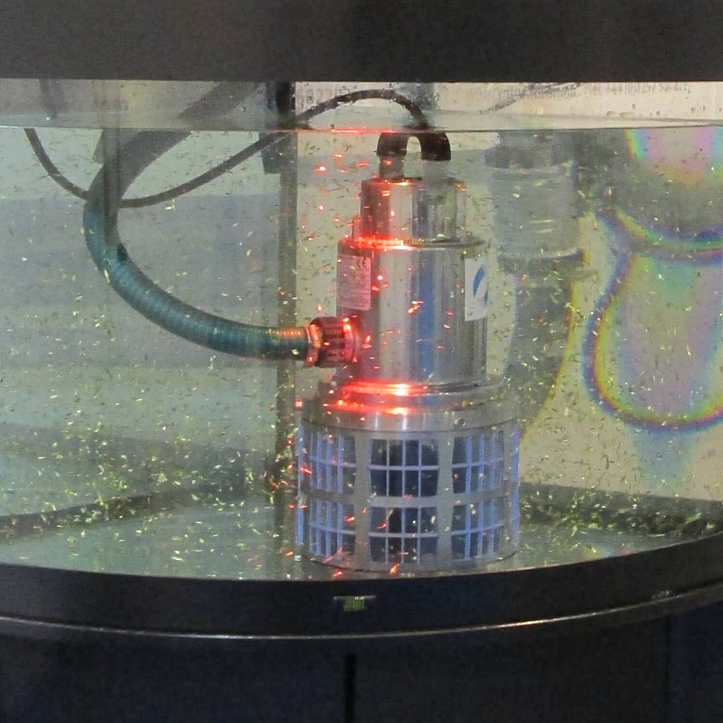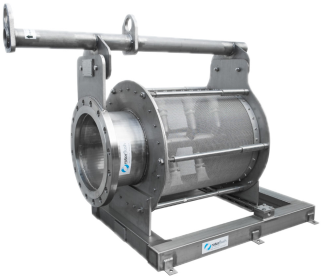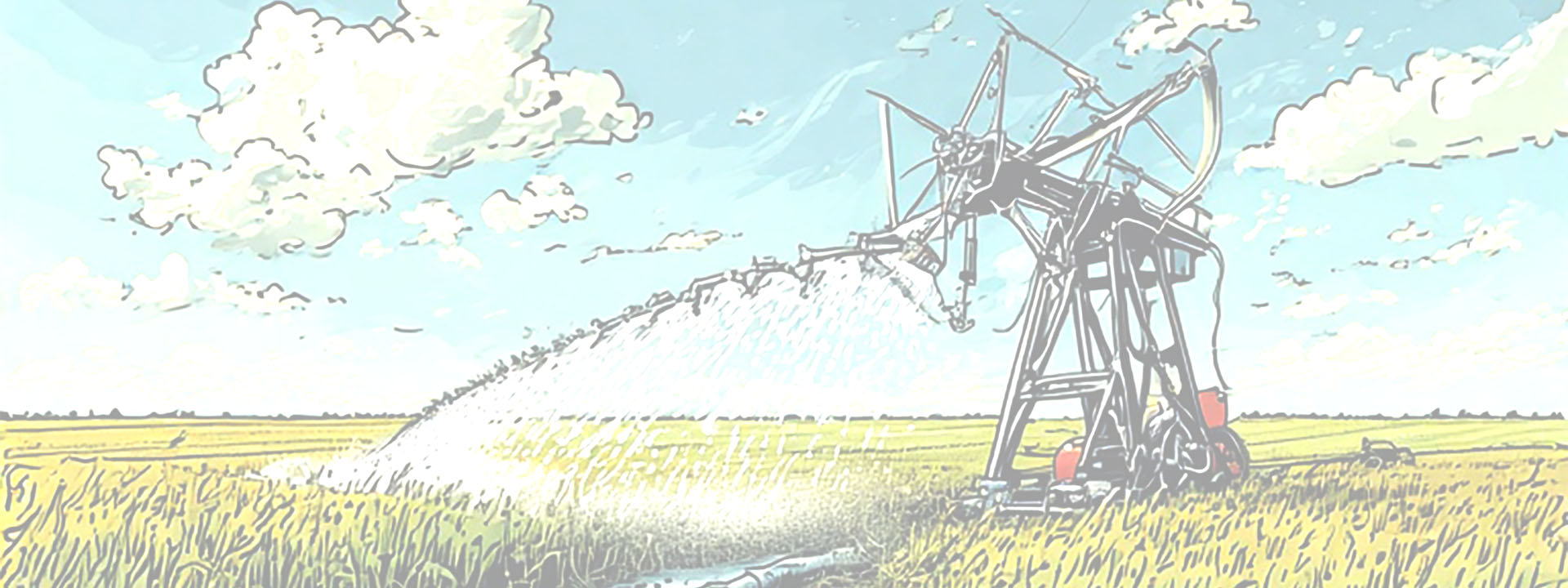Trash Pump Filters and Strainers
Trash Pump Filtration
What is a Trash Pump?
A trash pump is any pump that can be used for pumping water contaminated with solids such as sand, leaves, flood debris, construction site waste, - any dirty water. Typically, this activity will be on a temporary basis. The term trash pump is North American English usage, in the UK these pumps are often called dewatering pumps, or construction site pumps.
A trash pump is a specialized water pump designed to handle water mixed with solid debris, such as leaves, mud, and sand. Unlike standard pumps, trash pumps can efficiently move large volumes of contaminated water without often clogging. They do not grind solids in the water but pass them through the pump intact.
Trash pumps are often portable or manoeuvrable, depending on size. They may be on skids or trailers and diesel powered so that they can be used in locations and at sites where there is no mains power.
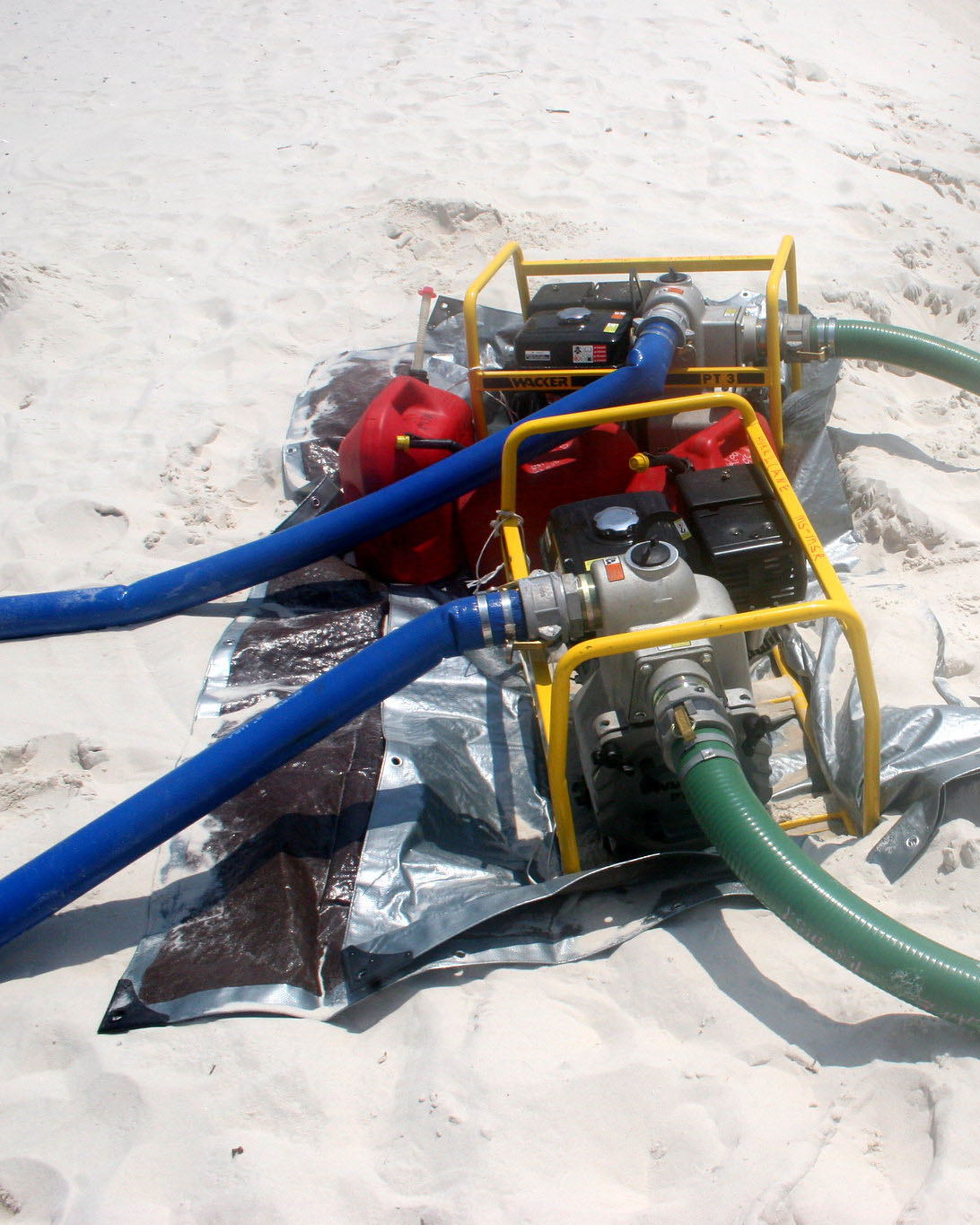
What are trash pumps used for?
Trash pumps are used for almost any pumping circumstance where the water is contaminated and dirty. For example, to remove flood water or for overpumping.
Trash pumps are commonly used in various industries, including construction for dewatering sites and removing water from excavations; agriculture for water management and irrigation; flood control to remove excess water during flooding events and mining for dewatering operations in pits and quarries.
In fact, any application where there is a temporary or short term need to move large volumes of dirty water. Rotorflush Filters Ltd

Do Trash Pumps Need Filters?
Yes and No. Trash pumps by design are for moving large volumes of dirty water. Any pump can block, but pumps used for over-pumping, flood relief and dewatering will usually have a high tolerance of suspended solids and debris in the water being pumped.
The limiting factor will be the tolerances through the pump impeller(s) and volute. Since most trash pumps are used temporarily and for a particular purpose, the type of pump being used will probably have been chosen to best suit the likely water conditions that it is going to be used in. So the likelihood of blockage or damage to the pump is low. Also, the most typical use for a trash pump is to move water from A - B, not to pump onwards to other equipment such as spray bars, irrigation nozzles, heat pumps etc that are more sensitive to contaminants. So there is less need for screening.
When to Use Screens or Filters
There are two reasons why you may need to screen or filter on the suction intake of a trash pump.
The first is that the water being moved is likely to overwhelm the pump.
Let's take water being moved from a canal to flood wetlands as an example. Ordinarily pumping the canal water for a few weeks in early summer would pose no difficulties, but a rapid growth of blanket weed in the canal, if weather conditions are right, could potentially halt the flow of water or clog the pump if the weed were thick enough and got drawn in to the suction line.
Similarly, if water is being pumped from a river an extreme weather event could cause high levels of debris to be carried down the river, which in turn may affect the pump intake. In both cases, simple coarse screening would reduce downtime.
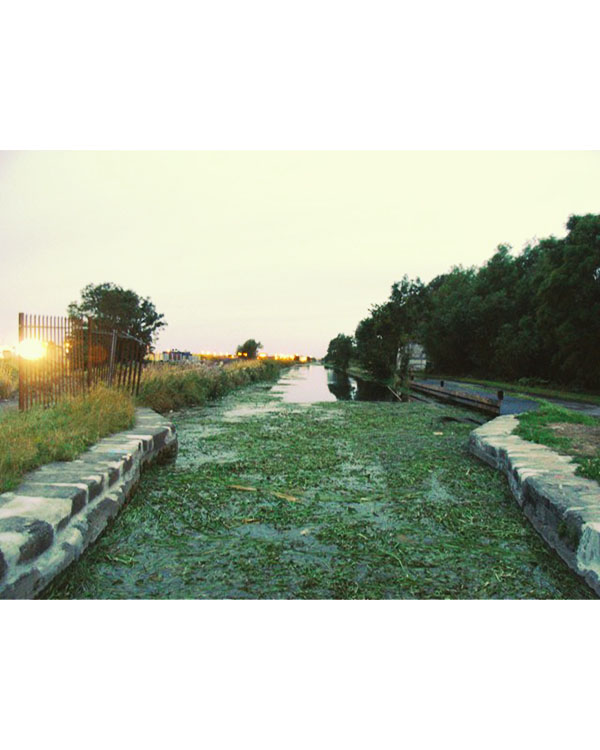
Fish and Eel Protection
The second driver for the use of screens and filters on trash pump suction intakes is Regulation and Legislation, particularly with regard to the protection of wildlife.
In Europe and the UK there are regulations for the protection of young eels and elvers when abstracting natural water. These regulations are often a condition of abstraction licences, and require screening at intakes, limiting the intake velocity of water being pumped and stipulating a maximum screen aperture of 2 mm. Further screening regulations are being discussed as a means of protecting fish stocks by ensuring that fish fry do not become entrained or entrapped by pumping and screening.
In North America EPA Rule 316(b) constrains the velocity of intake water used for cooling and requires screening for fish protection.
Both of which mean that screening or filtration to some degree may be required when using trash pumps in some circumstances.
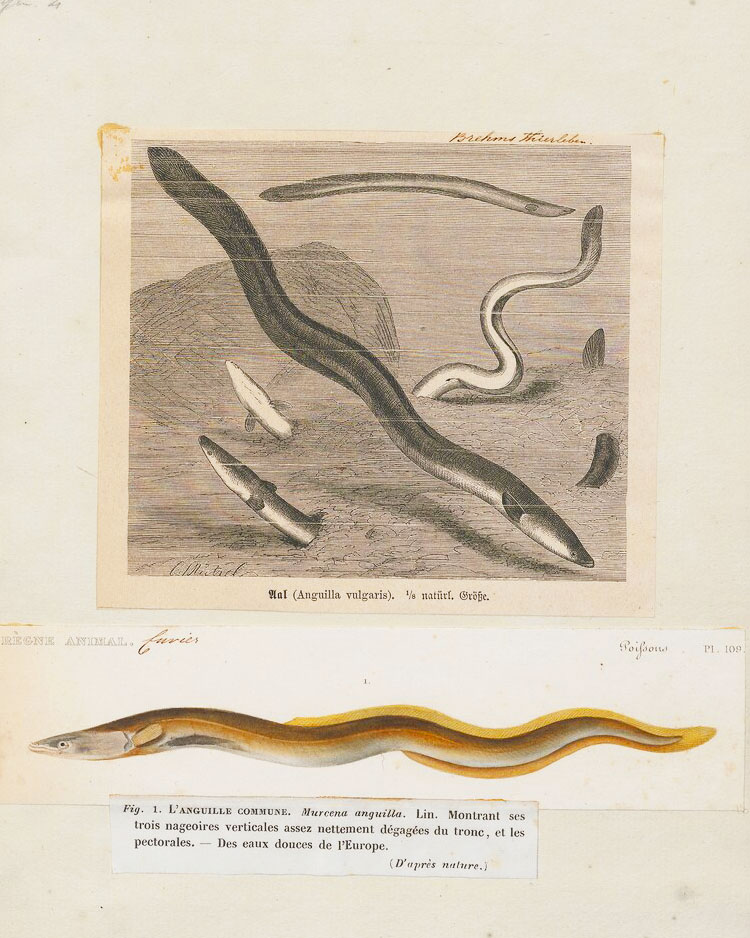
Find Out How to Stop your Trash Pump Screen Blocking….
…..using Rotorflush Self-cleaning Suction Intake Screens Filters
Get in touch to find out more about screening at raw water intakes using Rotorflush Filterpumps™ and Self-cleaning Intake Screens.
Contact the Rotorflush team for a discussion with our knowledgeable and friendly staff.
